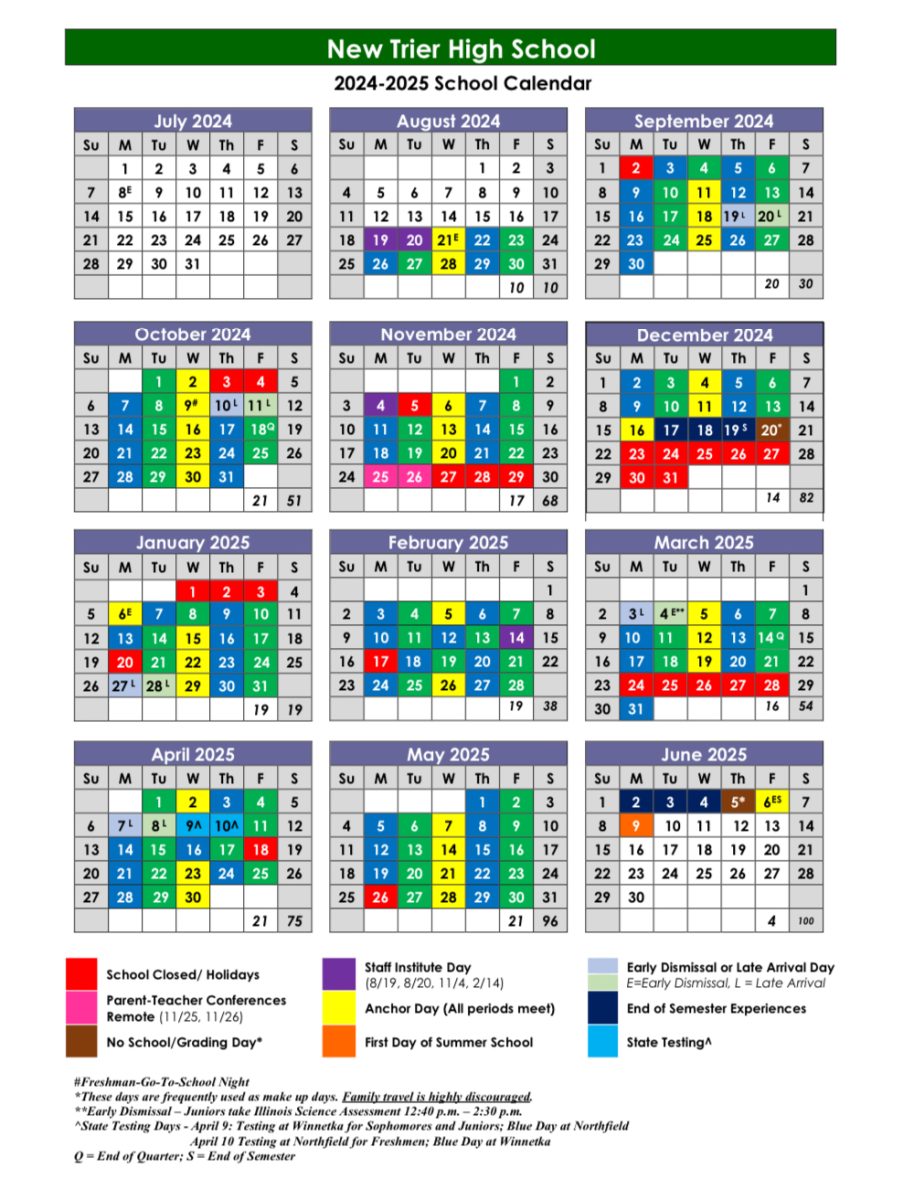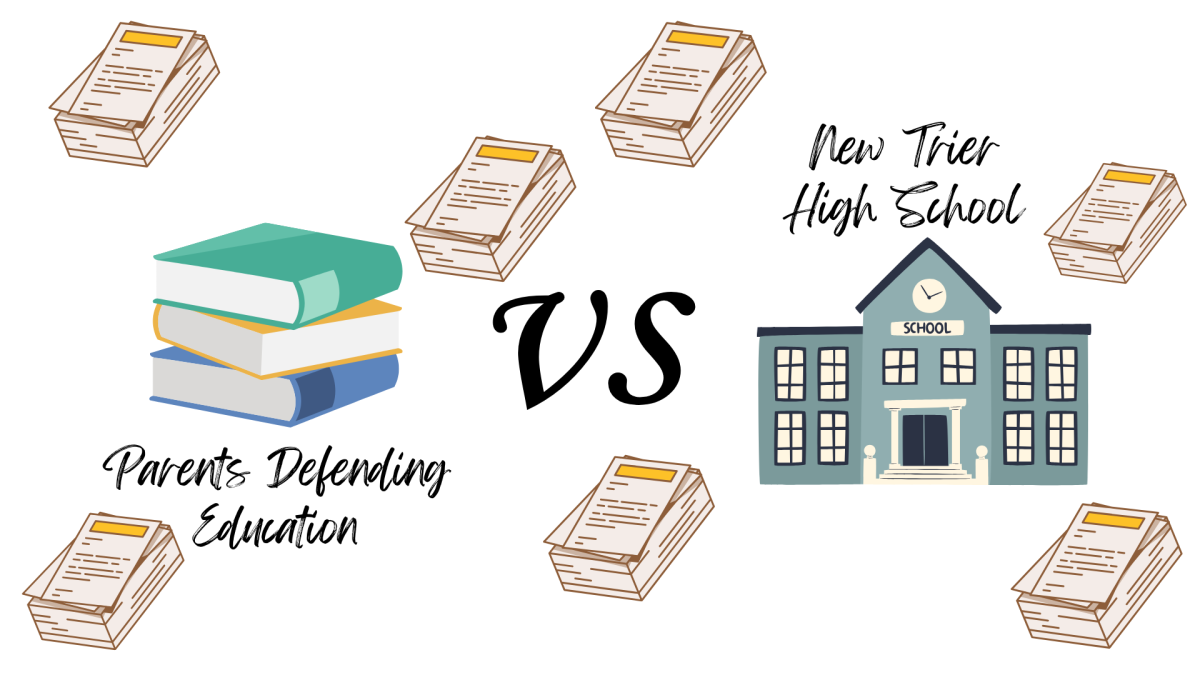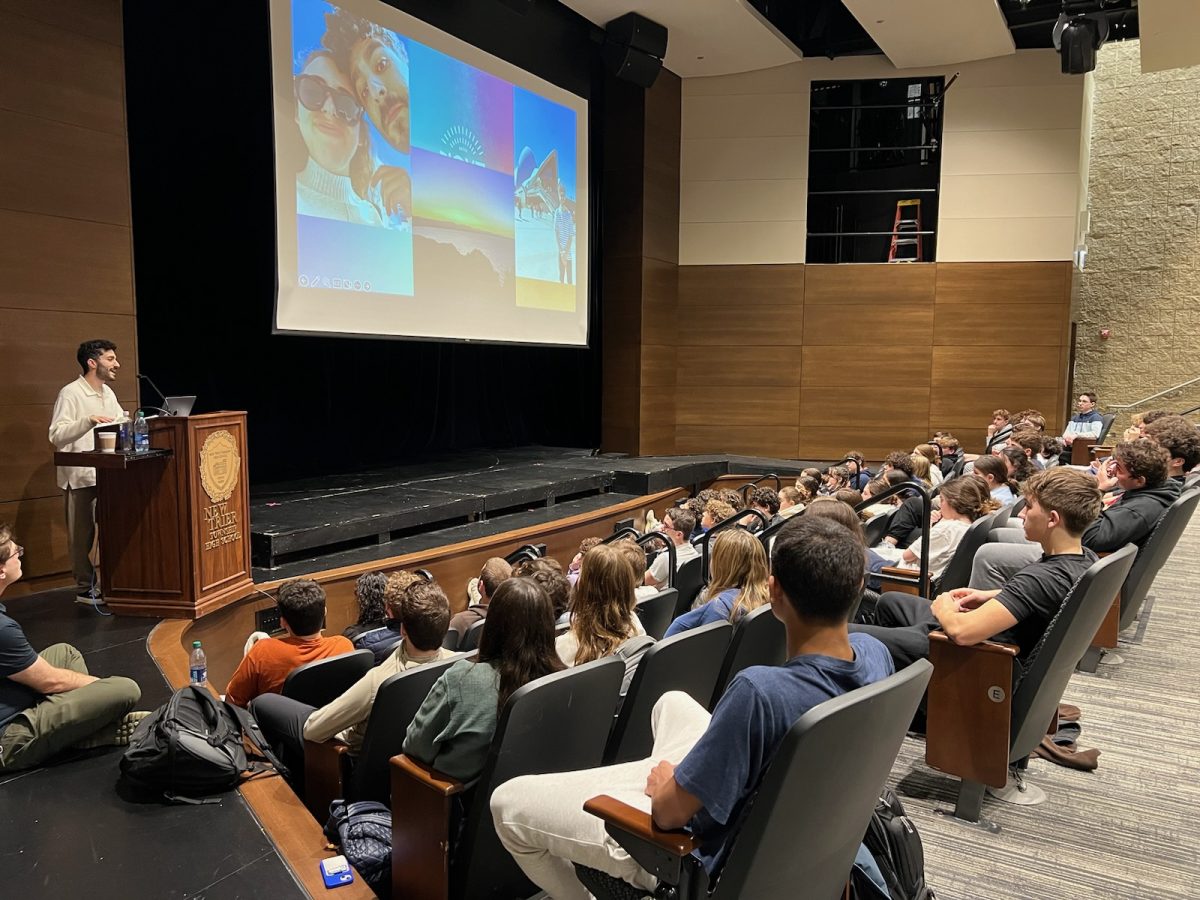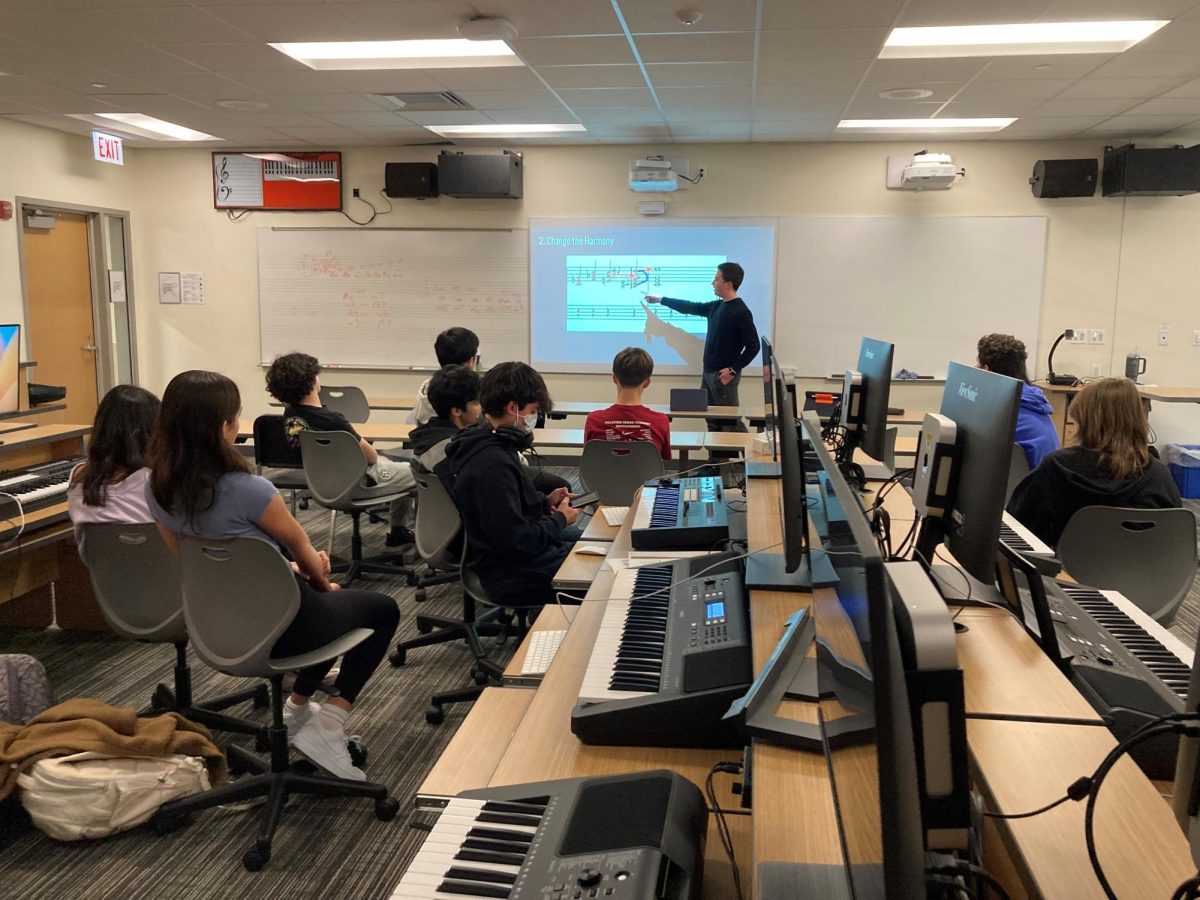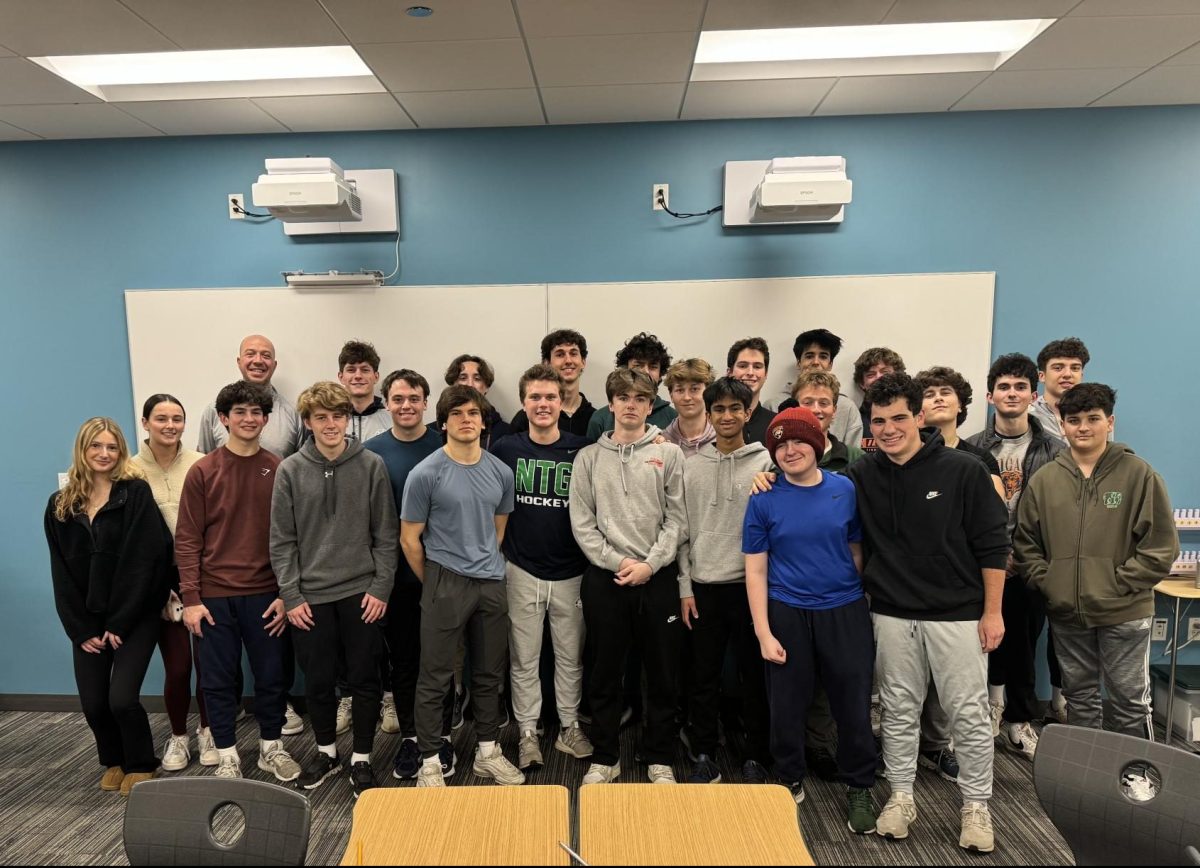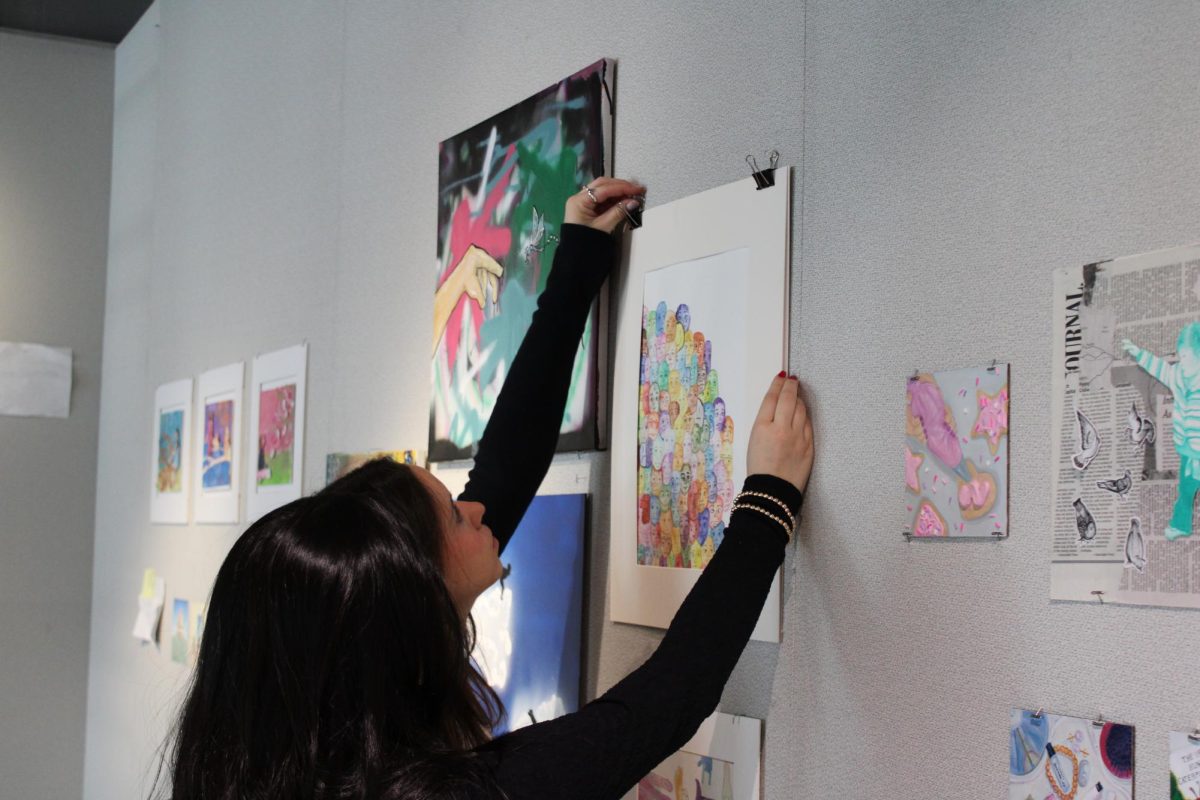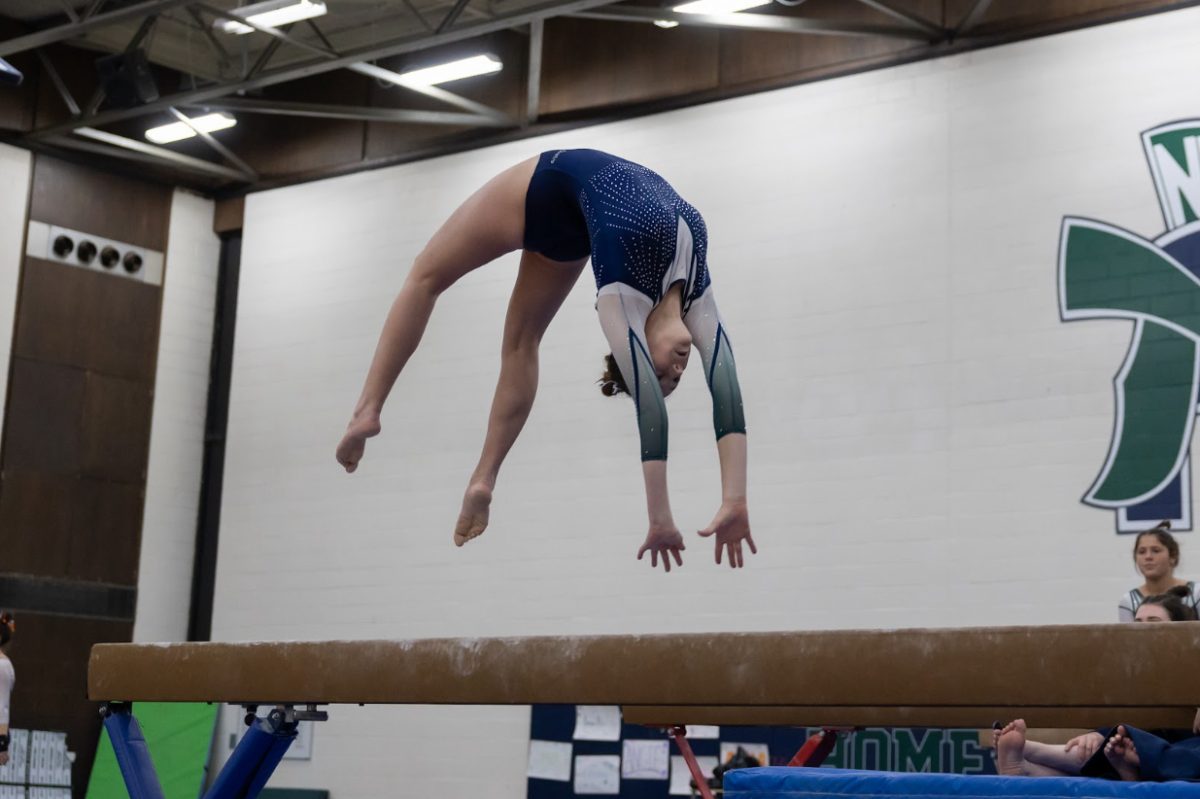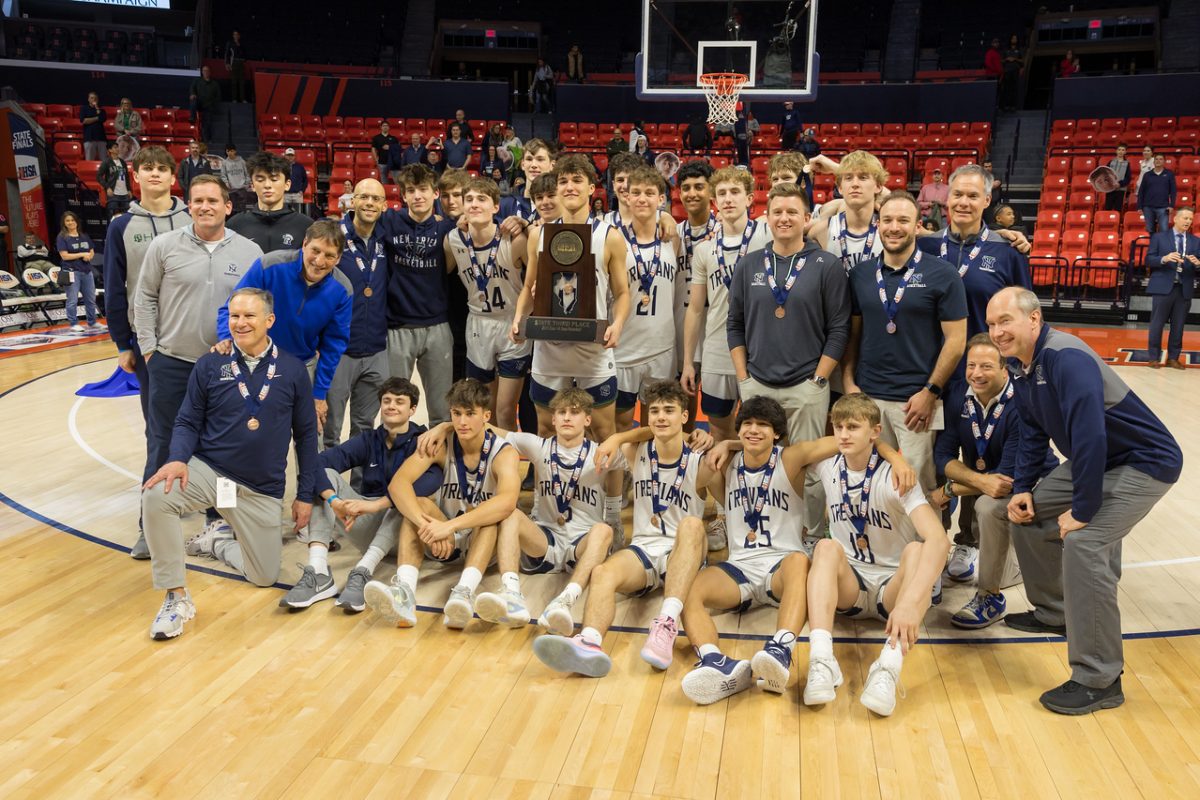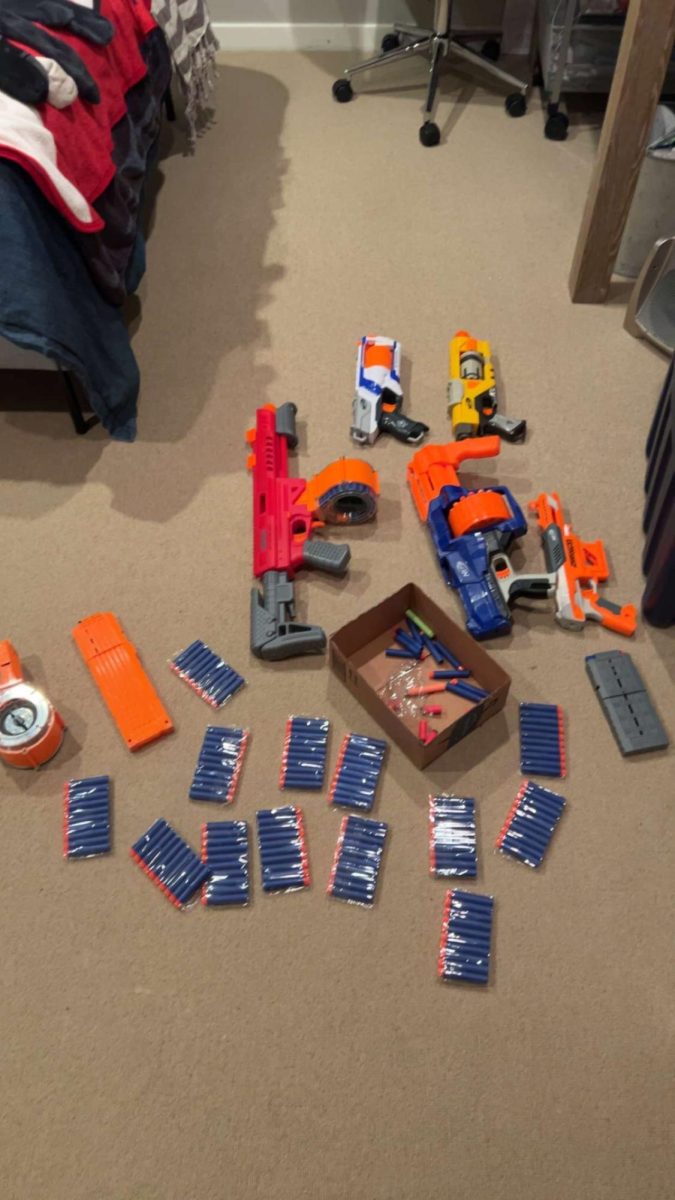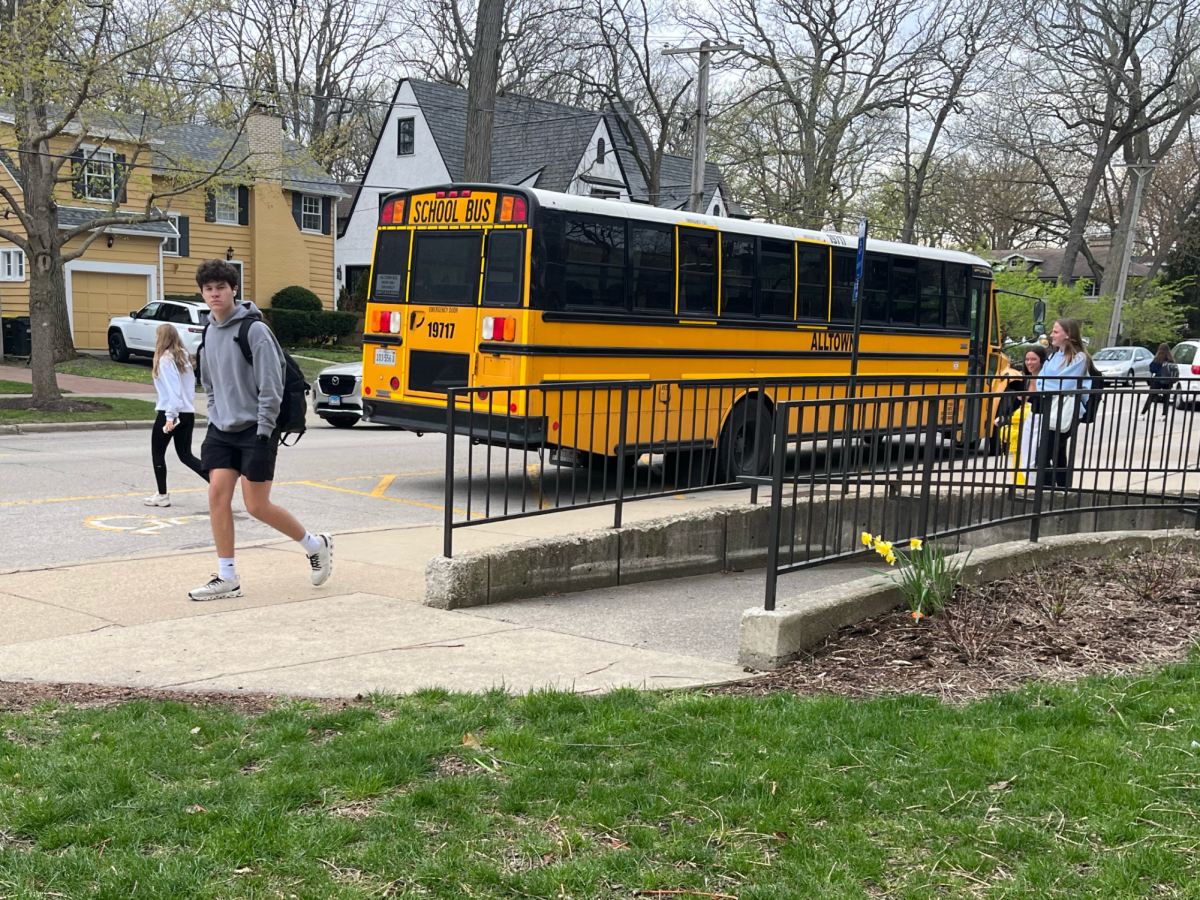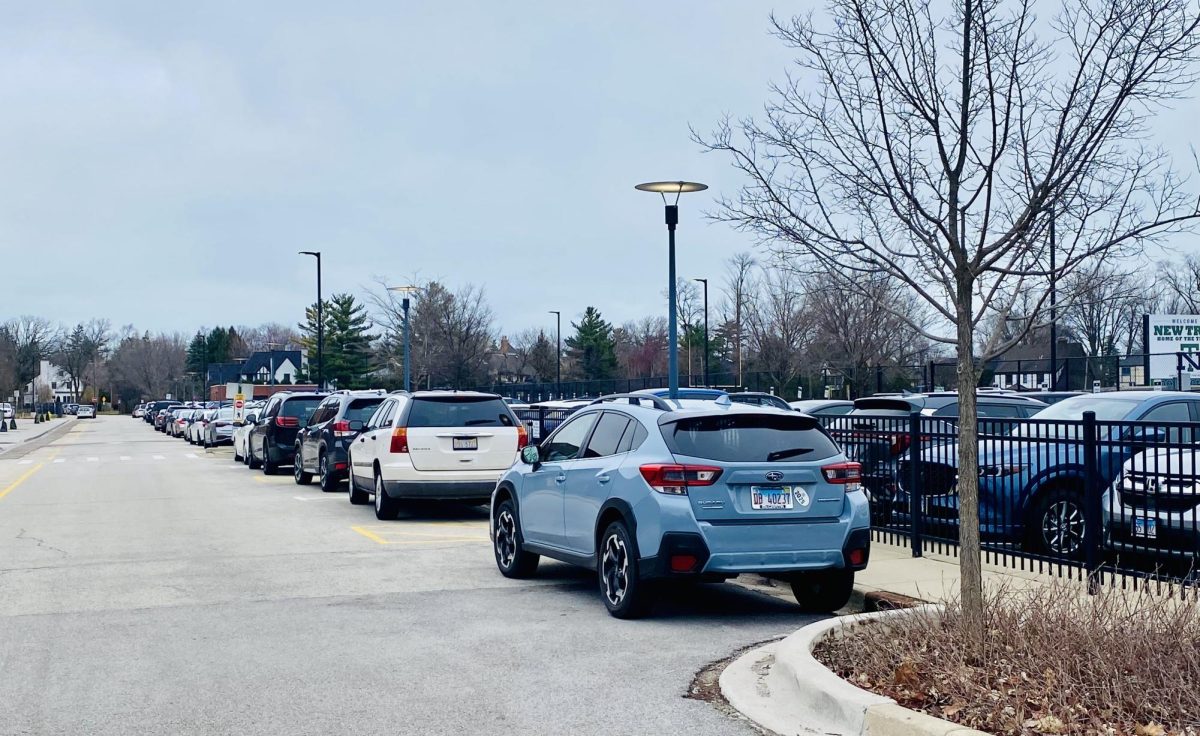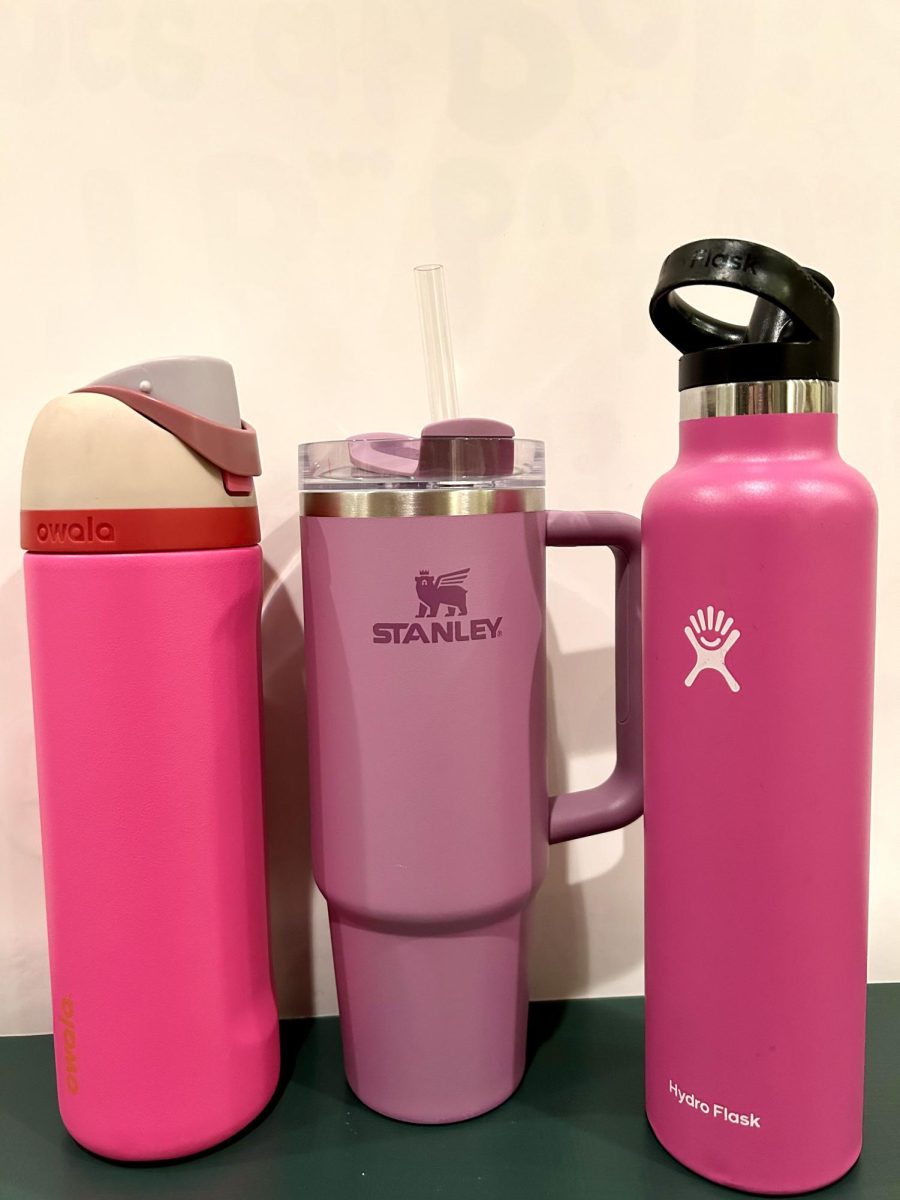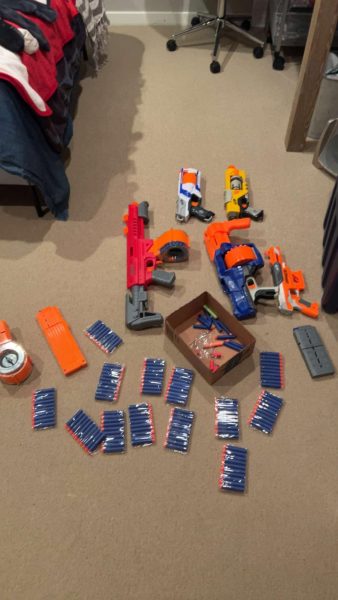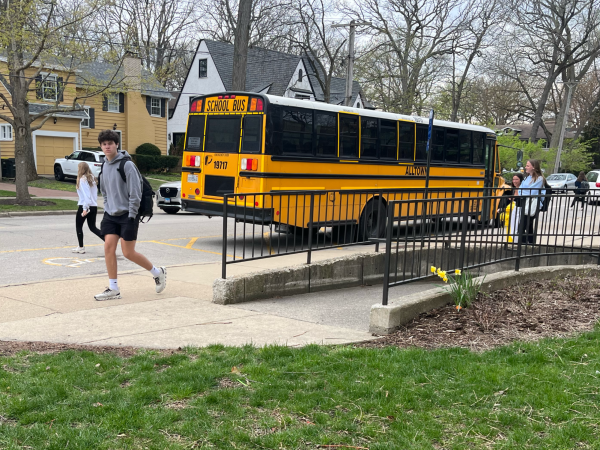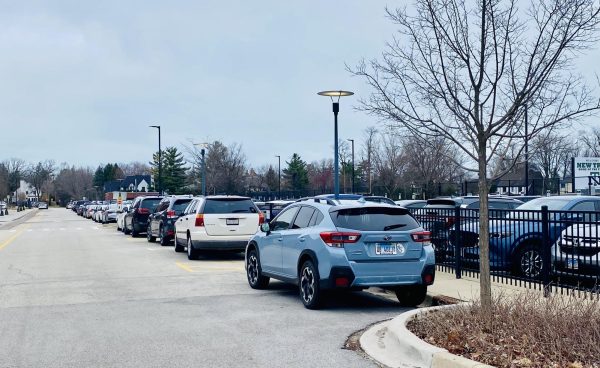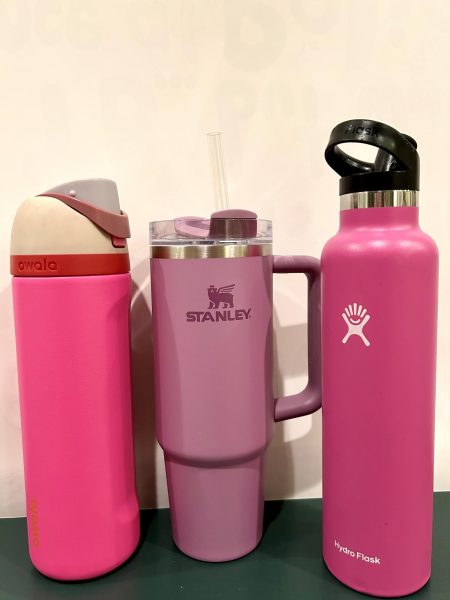Safety must be an ongoing effort
We’re talking about safety again. And not as a result of the theoretical threat usually felt in the wake of a school shooting in some other far away state. This time, the discussions are contextualized by recent safety scares that have rendered the possibility of a school shooting more tangible than ever.
Last month, authorities found a WJHS student in possession of firearms and other weapons and later that week at Glenbrook South High School, a note threatening a school shooting was found under a desk.
If this editorial is beginning to sound repetitive, it’s probably because it follows in the path of various other pieces we’ve written in the past two years about school safety; this one is our second just this year.
But there are a number of reasons we feel it is necessary to keep talking about school safety.
It has become apparent that this year’s succession of school shootings hasn’t been enough to supersede congressional gridlock and instigate federal gun violence legislation. As a result, until that becomes a priority for our lawmaking bodies, school safety is in our own hands. And ultimately, our local school safety is most directly and efficiently addressed through changes stemming from local discussions.
It’s no secret that the events of the past few months have brought to light the numerous flaws in the previous security system. And the administration is working to fix the cracks in our security system. In addition to a new Kiosk system, this includes new double-buzzer vestibules at entries, an upgrade of the district’s video surveillance, a smaller entrance, limited entrances during the day, and enhanced visitor management systems.
We recognize that this undertaking is a work in progress and appreciate the efforts of the administration and faculty who have acted to address safety concerns.
But because we’re venturing into new territory, we need to continue to assess how these implementations are or aren’t working and recalculate what needs to be done to make our school safer. As a result we think it’s necessary to emphasize and elaborate upon a call to action we suggested in a previous editorial to hold open forums during advisery periods so students can voice their observations and opinions about the new safety implementations.
And in that same light, we think it’s necessary to remind students that we have a role in our own safety. It is both in our interest and responsibility as part of a community to be conscious of these new changes and communicate how they address the cracks in our security that could be exploited by a school shooter. Our skepticism and complaints can be useful resources in making the system better as long as these are constructively conceived and deliberately communicated.

